The Rise and Evolution of Starbucks: A Cultural and Economic Phenomenon
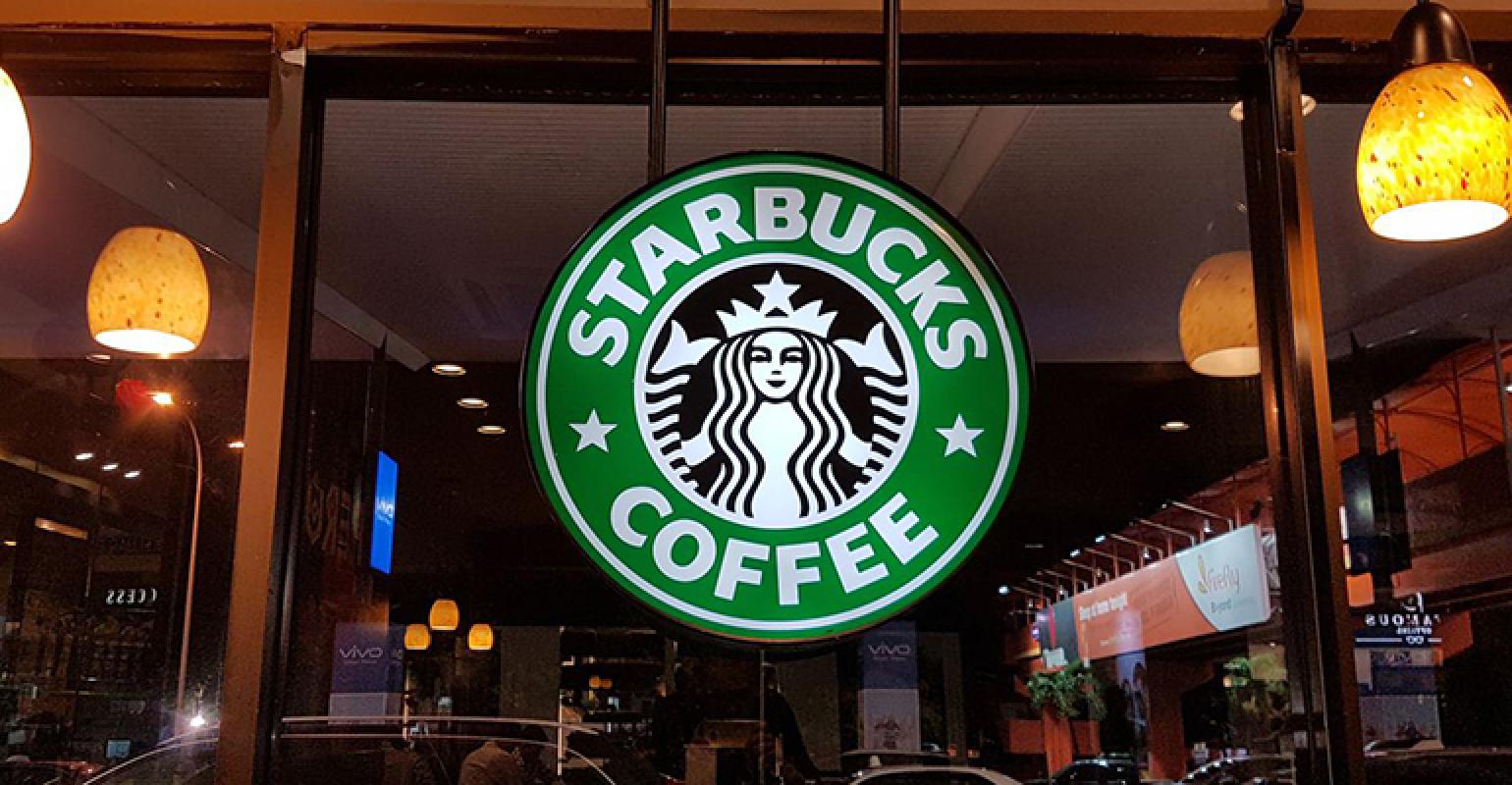 Since its humble beginnings in Seattle in 1971, Starbucks has grown into a global powerhouse, transcending its identity as a mere coffee shop to become a cultural icon. With its ubiquitous presence in cities around the world, Starbucks has not only revolutionized the way we consume coffee but has also influenced our social behaviors, economic landscapes, and even our daily rituals. In this exploration, we delve into the journey of Starbucks, examining its rise, evolution, and enduring impact on society.
Since its humble beginnings in Seattle in 1971, Starbucks has grown into a global powerhouse, transcending its identity as a mere coffee shop to become a cultural icon. With its ubiquitous presence in cities around the world, Starbucks has not only revolutionized the way we consume coffee but has also influenced our social behaviors, economic landscapes, and even our daily rituals. In this exploration, we delve into the journey of Starbucks, examining its rise, evolution, and enduring impact on society.
The Origins: A Visionary Idea Takes Root
Starbucks was founded by Jerry Baldwin, Zev Siegl, and Gordon Bowker, who were inspired by Alfred Peet, a coffee roasting entrepreneur. Their vision was to introduce high-quality coffee beans to Seattle, a city known more for its love of tea than coffee at the time. The first Starbucks store opened in Seattle's historic Pike Place Market, offering freshly roasted coffee beans sourced from around the world. From the outset, Starbucks aimed to provide not just a product but an experience centered around the art and craft of coffee.
The Starbucks Experience: Redefining Coffee Culture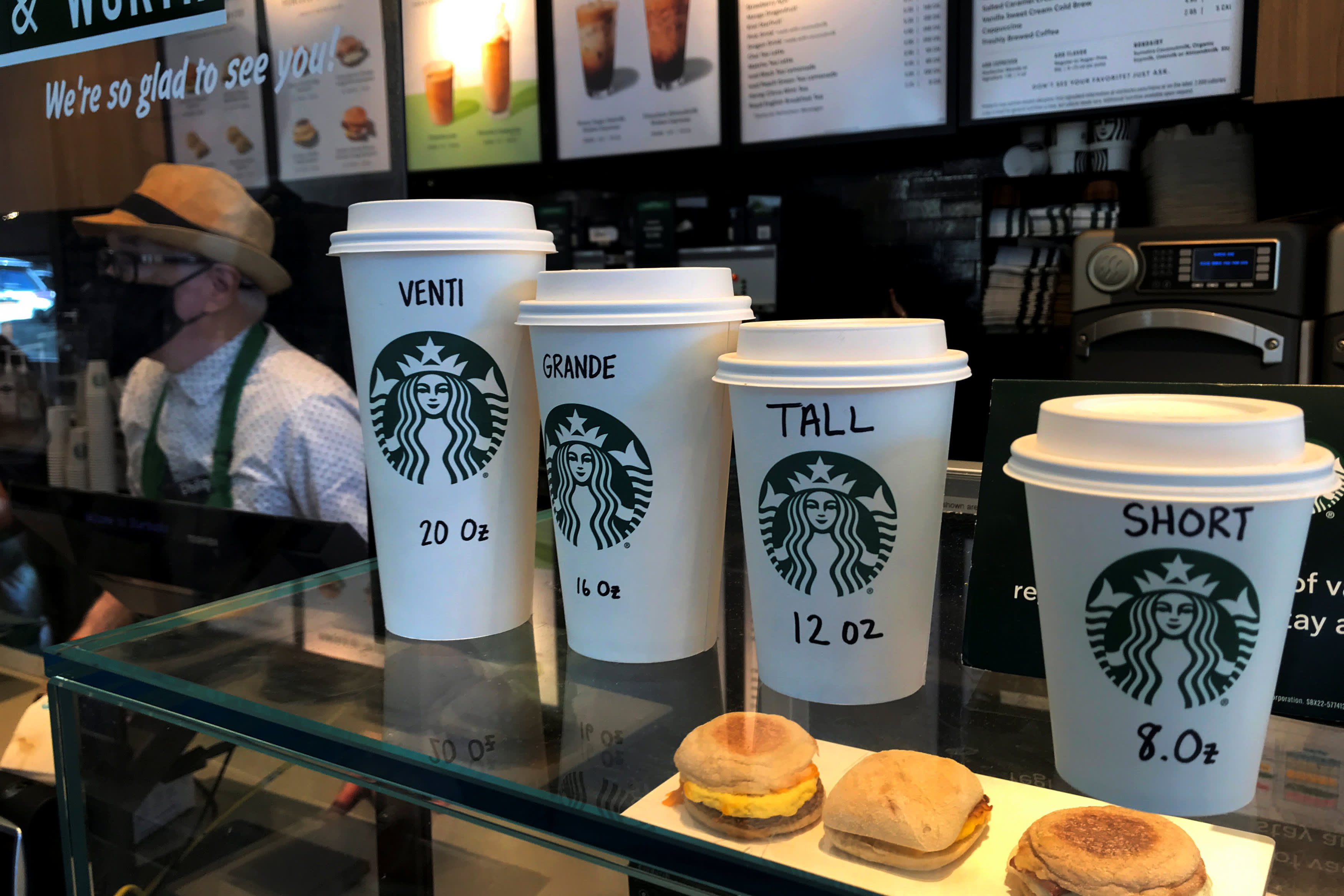 Starbucks didn't just sell coffee; it sold an experience. The company pioneered the concept of the "third place" — a social environment distinct from home and work where people could relax, socialize, and enjoy quality beverages. With its cozy interiors, inviting ambiance, and personalized service, Starbucks quickly became synonymous with a modern coffeehouse culture. It wasn't just a place to grab a quick caffeine fix; it was a destination where people gathered to connect, work, or simply unwind.
Starbucks didn't just sell coffee; it sold an experience. The company pioneered the concept of the "third place" — a social environment distinct from home and work where people could relax, socialize, and enjoy quality beverages. With its cozy interiors, inviting ambiance, and personalized service, Starbucks quickly became synonymous with a modern coffeehouse culture. It wasn't just a place to grab a quick caffeine fix; it was a destination where people gathered to connect, work, or simply unwind.
Expansion and Global Domination
Starbucks' expansion beyond Seattle began in the 1980s when Howard Schultz, a former employee, was captivated by the coffee culture in Italy and envisioned a similar experience in the United States. Schultz's vision led to the rapid expansion of Starbucks across the country and eventually around the globe. By the late 1990s, Starbucks had become a ubiquitous presence in major cities worldwide, from New York to Tokyo, cementing its status as a global brand.
Beyond Coffee: Diversification and Innovation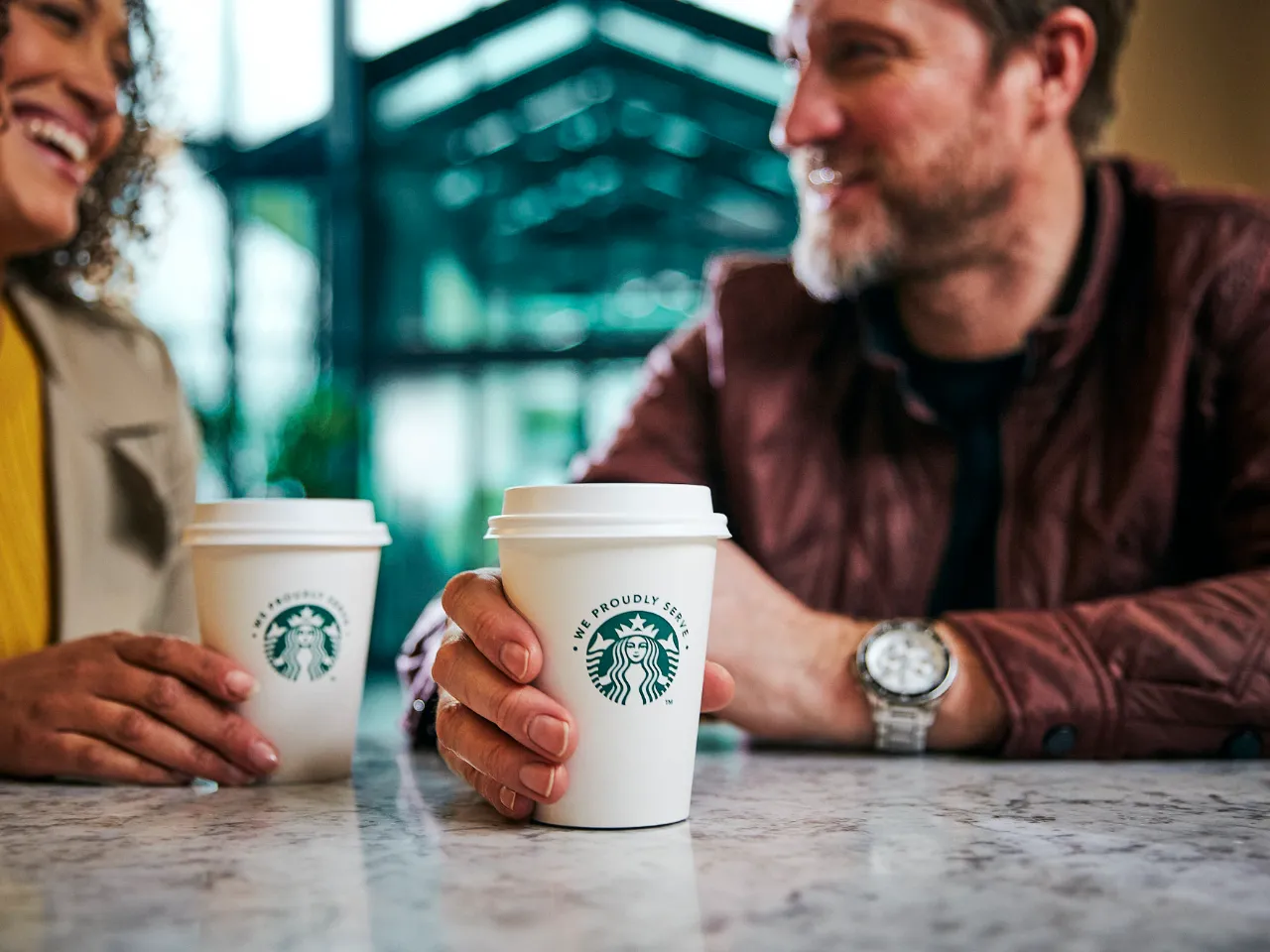 While Starbucks' core product remained coffee, the company diversified its offerings to appeal to a broader audience. This diversification included the introduction of specialty beverages like the Frappuccino and the Pumpkin Spice Latte, as well as expanding its menu to include pastries, sandwiches, and other food items. Starbucks also ventured into consumer packaged goods, with its branded coffee beans, bottled drinks, and other merchandise available in grocery stores and online.
While Starbucks' core product remained coffee, the company diversified its offerings to appeal to a broader audience. This diversification included the introduction of specialty beverages like the Frappuccino and the Pumpkin Spice Latte, as well as expanding its menu to include pastries, sandwiches, and other food items. Starbucks also ventured into consumer packaged goods, with its branded coffee beans, bottled drinks, and other merchandise available in grocery stores and online.
Corporate Social Responsibility: Brewing a Better World As Starbucks grew, so did its commitment to corporate social responsibility (CSR). The company implemented various initiatives to promote ethical sourcing, environmental sustainability, and community engagement. Starbucks pledged to ethically source its coffee beans, supporting fair trade practices and investing in programs to improve the livelihoods of coffee farmers. Additionally, Starbucks prioritized environmental sustainability by reducing waste, conserving water, and investing in renewable energy.
As Starbucks grew, so did its commitment to corporate social responsibility (CSR). The company implemented various initiatives to promote ethical sourcing, environmental sustainability, and community engagement. Starbucks pledged to ethically source its coffee beans, supporting fair trade practices and investing in programs to improve the livelihoods of coffee farmers. Additionally, Starbucks prioritized environmental sustainability by reducing waste, conserving water, and investing in renewable energy.
Challenges and Controversies: Navigating the Perils of Success
Despite its success, Starbucks faced its share of challenges and controversies over the years. Criticisms ranged from accusations of driving smaller coffee shops out of business to concerns about the homogenization of local cultures in favor of corporate uniformity. Starbucks also weathered public relations crises, such as the highly publicized incident in 2018 when two black men were arrested at a Philadelphia store, sparking accusations of racial profiling and discrimination.
Adapting to Changing Tastes and Trends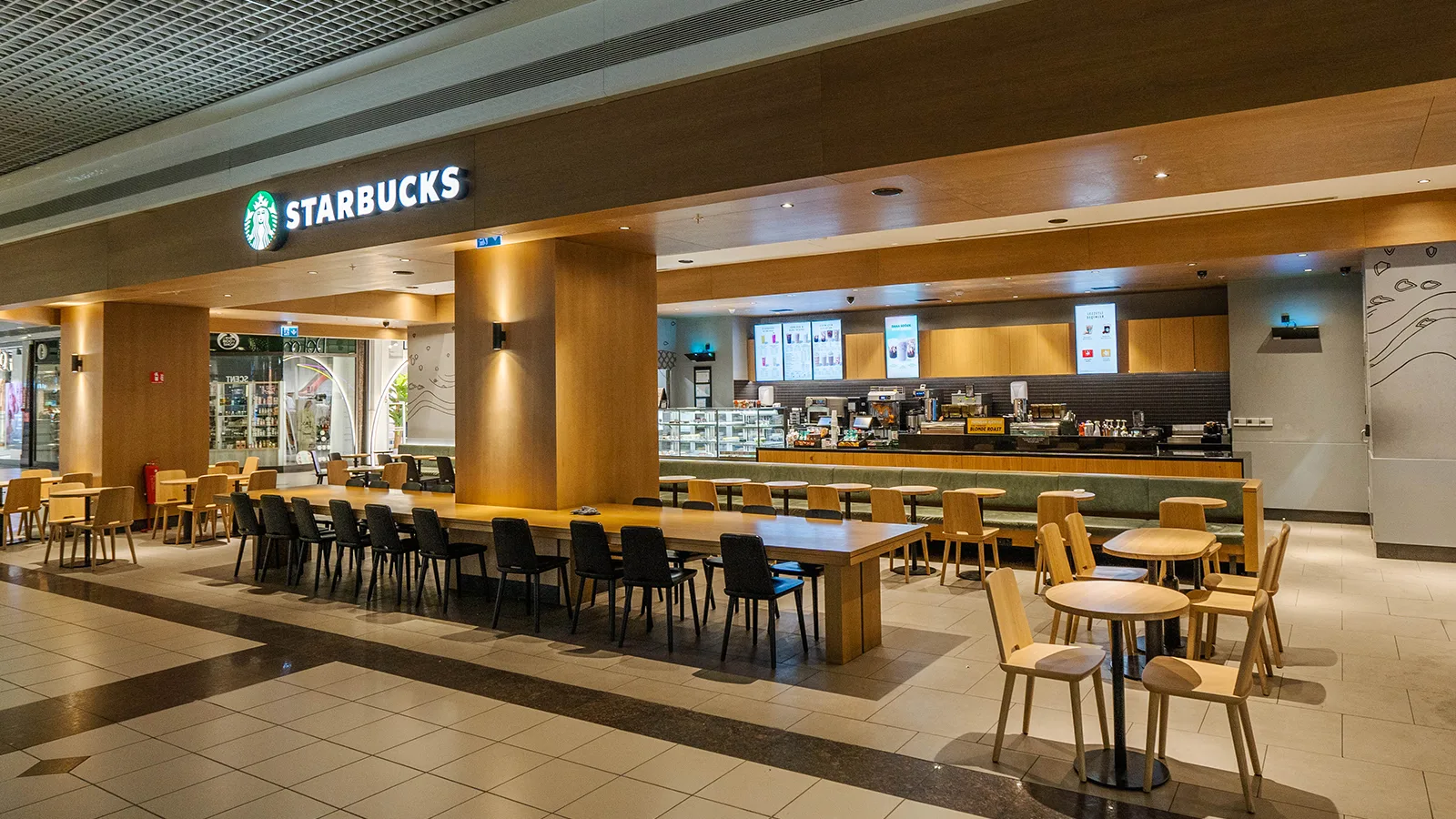 In response to shifting consumer preferences and emerging trends, Starbucks has demonstrated a remarkable ability to adapt and innovate. The company has embraced digital technology, introducing mobile ordering, loyalty programs, and digital payment options to enhance the customer experience. Furthermore, Starbucks has capitalized on growing demand for health-conscious options by offering plant-based alternatives and reducing sugar content in its beverages.
In response to shifting consumer preferences and emerging trends, Starbucks has demonstrated a remarkable ability to adapt and innovate. The company has embraced digital technology, introducing mobile ordering, loyalty programs, and digital payment options to enhance the customer experience. Furthermore, Starbucks has capitalized on growing demand for health-conscious options by offering plant-based alternatives and reducing sugar content in its beverages.
Looking Ahead: The Future of Starbucks
As Starbucks looks to the future, it faces both opportunities and challenges. The company continues to expand its global footprint, with a particular focus on emerging markets in Asia and Latin America. Additionally, Starbucks remains committed to sustainability, setting ambitious goals to reduce its environmental impact and promote social equity. However, Starbucks also faces competition from both traditional coffee chains and emerging players in the market, requiring ongoing innovation and strategic adaptation.
In just over five decades, Starbucks has transformed from a single coffee shop in Seattle into a global phenomenon. Through its commitment to quality, innovation, and social responsibility, Starbucks has not only reshaped the coffee industry but has also left an indelible mark on society. Whether it's savoring a cup of coffee with friends, working remotely in a cozy cafe, or simply enjoying a moment of solitude with a favorite beverage, Starbucks has become more than just a brand — it's a cultural institution that continues to shape the way we live, work, and connect with one another.
Navigating the Changing Landscape: Starbucks in the Digital Age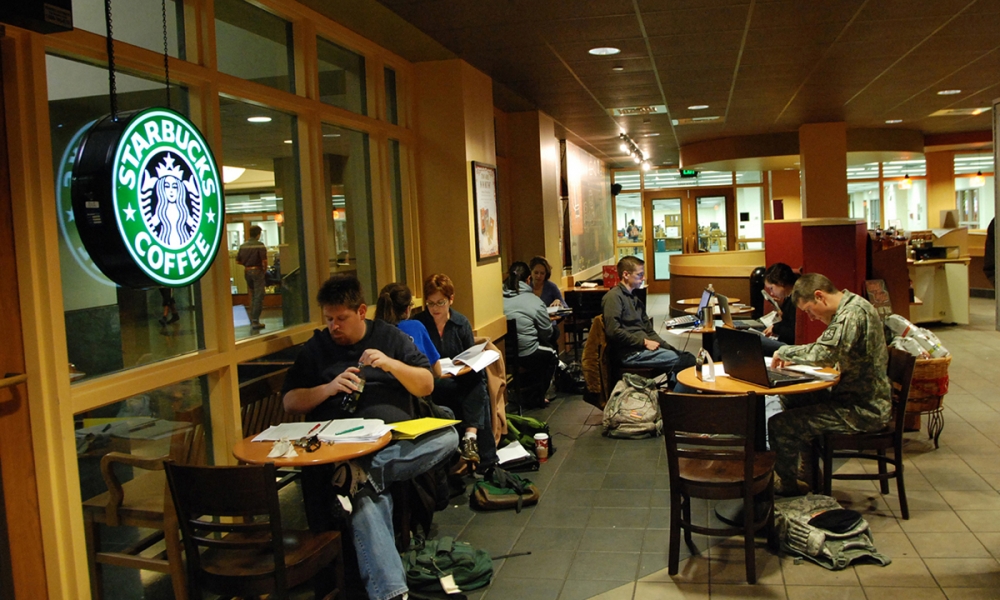 In the era of smartphones and social media, Starbucks has embraced digital transformation to enhance its customer experience and drive growth. The company's mobile app, launched in 2009, has become a cornerstone of its digital strategy, allowing customers to order ahead, pay seamlessly, and earn rewards through the Starbucks Rewards program. This shift towards digital has not only streamlined operations but has also deepened customer engagement and loyalty.
In the era of smartphones and social media, Starbucks has embraced digital transformation to enhance its customer experience and drive growth. The company's mobile app, launched in 2009, has become a cornerstone of its digital strategy, allowing customers to order ahead, pay seamlessly, and earn rewards through the Starbucks Rewards program. This shift towards digital has not only streamlined operations but has also deepened customer engagement and loyalty.
Moreover, Starbucks has leveraged data analytics to gain insights into consumer behavior and preferences, enabling personalized marketing campaigns and product recommendations. By harnessing the power of technology, Starbucks has remained at the forefront of innovation in the highly competitive coffee industry.
Expanding Beyond Brick-and-Mortar: The Rise of Starbucks Reserve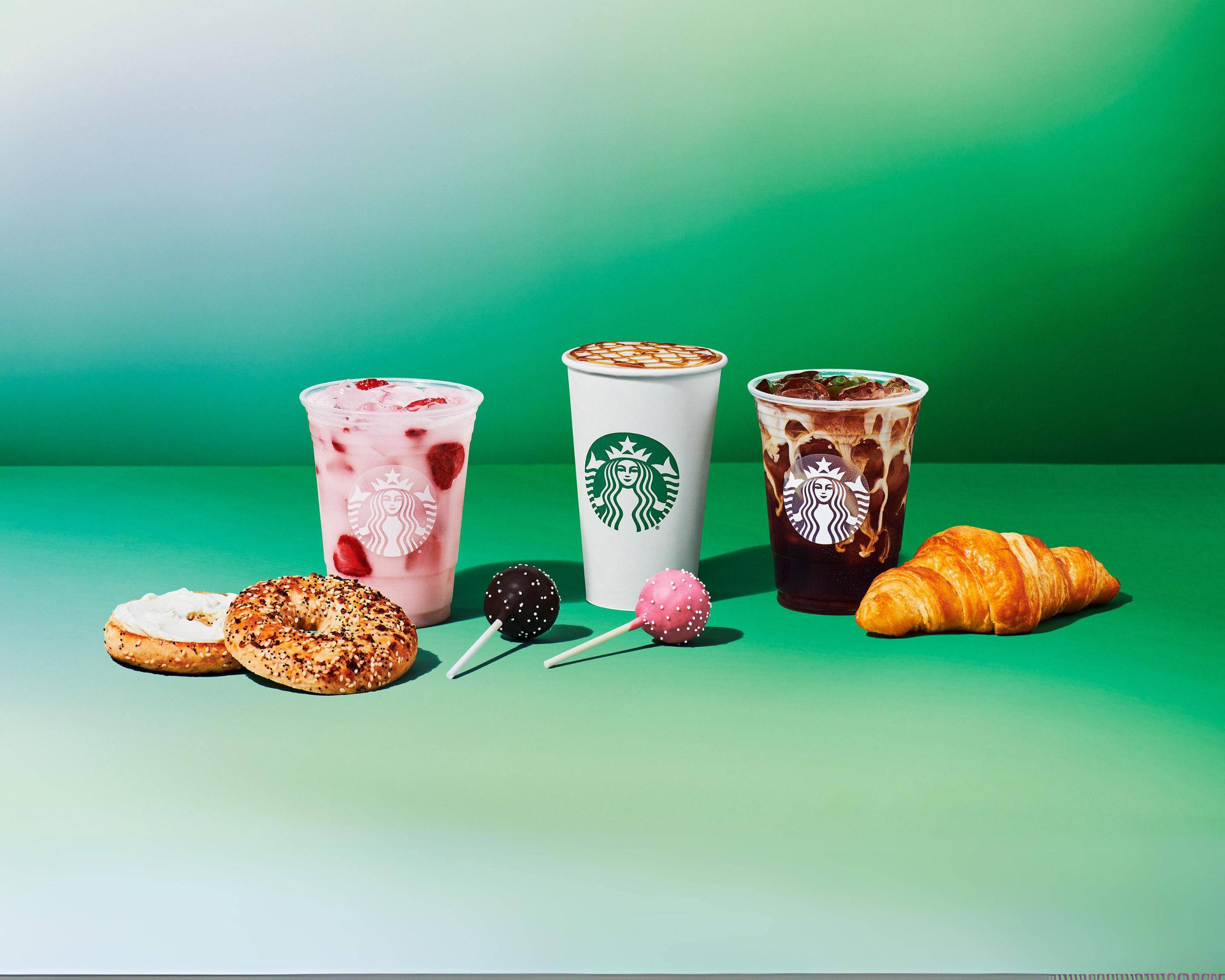 In recent years, Starbucks has ventured into new territory with the introduction of Starbucks Reserve Roasteries and Reserve Bars. These upscale, immersive destinations offer an elevated coffee experience, featuring small-batch, rare coffees, innovative brewing methods, and artisanal food offerings. The Reserve concept represents Starbucks' foray into the premium segment of the market, catering to coffee connoisseurs and enthusiasts seeking unique and exotic flavors.
In recent years, Starbucks has ventured into new territory with the introduction of Starbucks Reserve Roasteries and Reserve Bars. These upscale, immersive destinations offer an elevated coffee experience, featuring small-batch, rare coffees, innovative brewing methods, and artisanal food offerings. The Reserve concept represents Starbucks' foray into the premium segment of the market, catering to coffee connoisseurs and enthusiasts seeking unique and exotic flavors.
The Reserve Roasteries, located in select cities around the world, serve as flagship destinations where customers can witness the entire coffee production process, from bean roasting to brewing. These experiential spaces combine elements of theater, education, and culinary exploration, redefining the traditional coffeehouse experience.
Sustainability as a Strategic Imperative/cdn.vox-cdn.com/uploads/chorus_asset/file/24042252/1420597598.jpg) In an age of growing environmental awareness, sustainability has become a central focus for Starbucks. The company has made significant strides in reducing its environmental footprint, with initiatives ranging from sourcing ethically grown coffee beans to implementing energy-efficient practices in its stores. Starbucks has also committed to eliminating single-use plastic straws and reducing waste through initiatives like reusable cups and recycling programs.
In an age of growing environmental awareness, sustainability has become a central focus for Starbucks. The company has made significant strides in reducing its environmental footprint, with initiatives ranging from sourcing ethically grown coffee beans to implementing energy-efficient practices in its stores. Starbucks has also committed to eliminating single-use plastic straws and reducing waste through initiatives like reusable cups and recycling programs.
Furthermore, Starbucks has prioritized social responsibility by investing in initiatives to support coffee farmers, empower communities, and promote diversity and inclusion within its workforce. By aligning its business practices with values-driven initiatives, Starbucks has positioned itself as a leader in corporate sustainability and responsible business practices.
Navigating the Impact of the COVID-19 Pandemic
The COVID-19 pandemic presented unprecedented challenges for Starbucks and the broader foodservice industry. With lockdowns and social distancing measures in place, foot traffic in Starbucks stores plummeted, leading to a significant decline in sales. In response, Starbucks accelerated its digital initiatives, promoting mobile ordering, contactless pickup, and delivery options to adapt to changing consumer behavior.
Despite the challenges posed by the pandemic, Starbucks demonstrated resilience and agility, implementing safety protocols, reallocating resources, and innovating new ways to serve customers. As vaccination rates rise and restrictions ease, Starbucks is poised to rebound and capitalize on pent-up demand for coffee and dining experiences outside the home.
Conclusion: Sustaining the Starbucks Legacy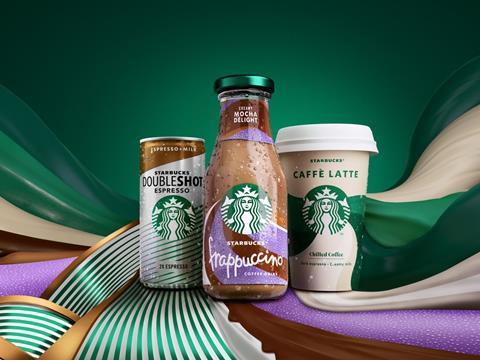 As Starbucks embarks on its next chapter, the company remains committed to its core values of quality, innovation, and community. By staying true to its roots while embracing change, Starbucks has evolved from a local coffee roaster to a global powerhouse, shaping the way we drink, socialize, and experience coffee. Whether it's savoring a cup of espresso at a bustling urban cafe or enjoying a moment of tranquility with a pour-over brew, Starbucks continues to embody the spirit of connection, creativity, and discovery that defines the modern coffee culture. As long as there are coffee lovers seeking a place to gather, Starbucks will endure as a beacon of hospitality, warmth, and inspiration in an ever-changing world.
As Starbucks embarks on its next chapter, the company remains committed to its core values of quality, innovation, and community. By staying true to its roots while embracing change, Starbucks has evolved from a local coffee roaster to a global powerhouse, shaping the way we drink, socialize, and experience coffee. Whether it's savoring a cup of espresso at a bustling urban cafe or enjoying a moment of tranquility with a pour-over brew, Starbucks continues to embody the spirit of connection, creativity, and discovery that defines the modern coffee culture. As long as there are coffee lovers seeking a place to gather, Starbucks will endure as a beacon of hospitality, warmth, and inspiration in an ever-changing world.




























